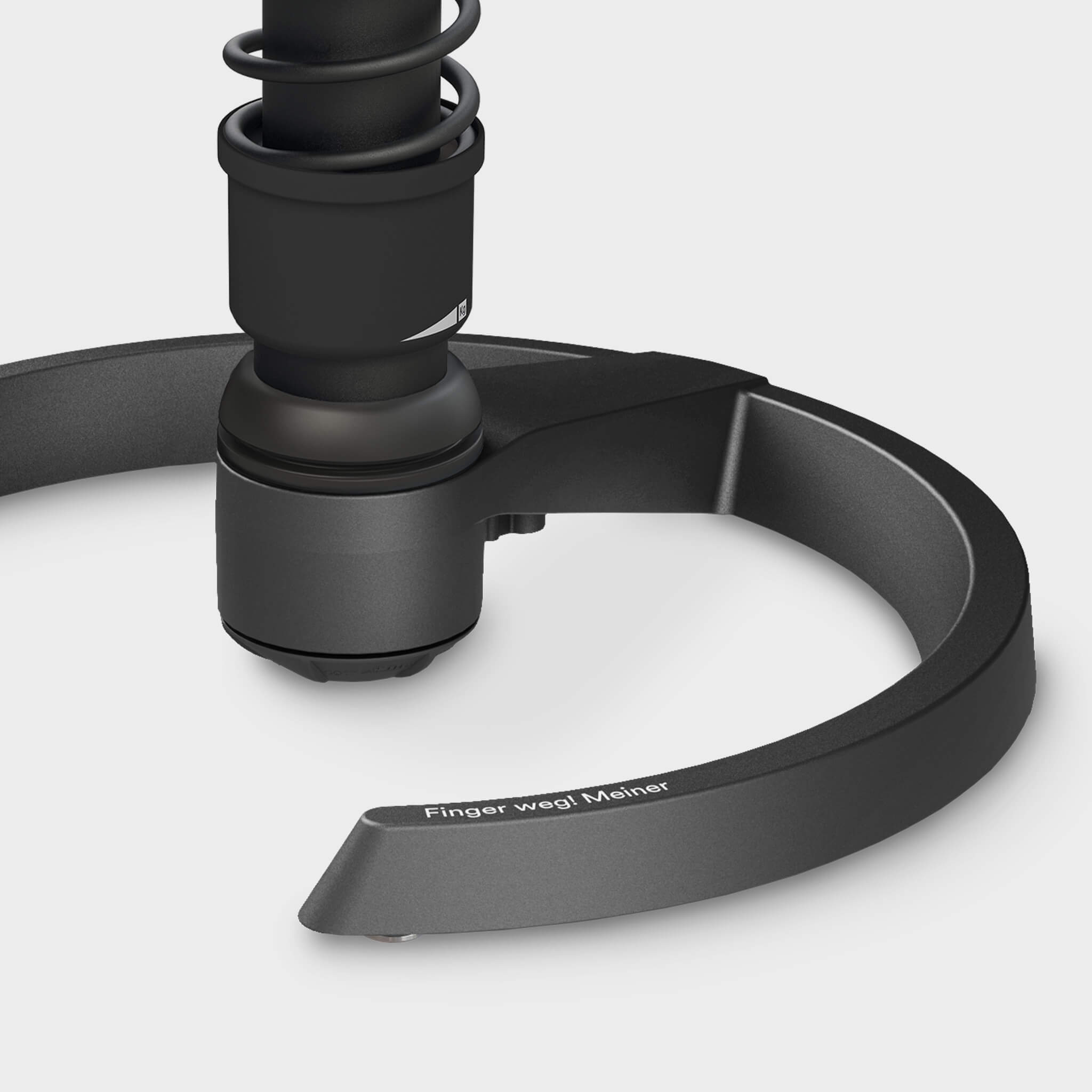What does intuitive movement mean?
To explain intuitive movement, you first have to explain the term "intuitive" or "intuition". Intuition is also described as a feeling or as the ability to make decisions in the broadest sense of the word without having to consciously think about it. If a person acts out of intuition - or intuitively - he has not had to think about it for long, but feels that this action is correct without having to or even being able to explain it. If it is a movement, we speak of intuitive movement.
What we consider completely normal and self-evident from a certain age - walking, grasping, turning, etc. - is something that small children have to learn the hard way. This means that intuitive movement also has to be developed or learned first.
From hand eye coordination to intuitive movement
The correct cooperation or rather the interaction of individual muscles and body parts is achieved through coordination. When the eyes are involved, as in grasping, this is referred to as eye-hand coordination. This is essential for the intuitive control of the body. Whether for eating, walking, running or even sitting.
Even if we generally do not have any major problems with the coordination between the eye and the body, there are cases in which it makes sense to improve this with exercises. For example, children often go to occupational therapy to learn to write better. Especially in a world that is becoming increasingly hectic, it makes sense to train the body, mind and consciousness - and thus the control of the body and gesture control. Because what is well practiced will eventually happen intuitively. This applies to controlling your own body as well as to the intuitive operation of machines, for example.
Why is intuition important?
Our lives are becoming more hectic. For many people, everyday life is dominated by work, deadline pressure and stress. We work too much and eat too unhealthily. In fact, we do reach our limits from time to time - at the very latest when our body starts to make itself known, we have to take the signals seriously. It starts with small things, such as sitting in the office.
If you no longer have the calmness to carry out actions, deeds or movements intuitively, sooner or later you will experience tensions of a psychological and physical nature with the corresponding subsequent complaints.
Which exercises are good for intuitive movement?
Anyone who deals with the topic can already feel in their own body where they have become negligent over the years - and in fact also that this negligence can lead to blockages. The most common blockages occur in the back and manifest themselves in back pain and discomfort.
Nowadays, there are a number of ways to improve your intuition. This can be through mindfulness training with the aim of raising awareness. But there are also practical physical exercises to strengthen muscles and thus the skeleton. It is of course easiest and healthiest if the exercises are not perceived as exercises, but are integrated into the natural daily routine. For example, if you use one of Aeris' ergonomic office chairs at work, such as the 3D active seats Aeris Swopper or Aeris 3Dee, you move intuitively, as these chairs not only encourage intuitive movement, but also demand it thanks to sophisticated 3D technology. This allows you to experience on your own body how movements happen intuitively.
